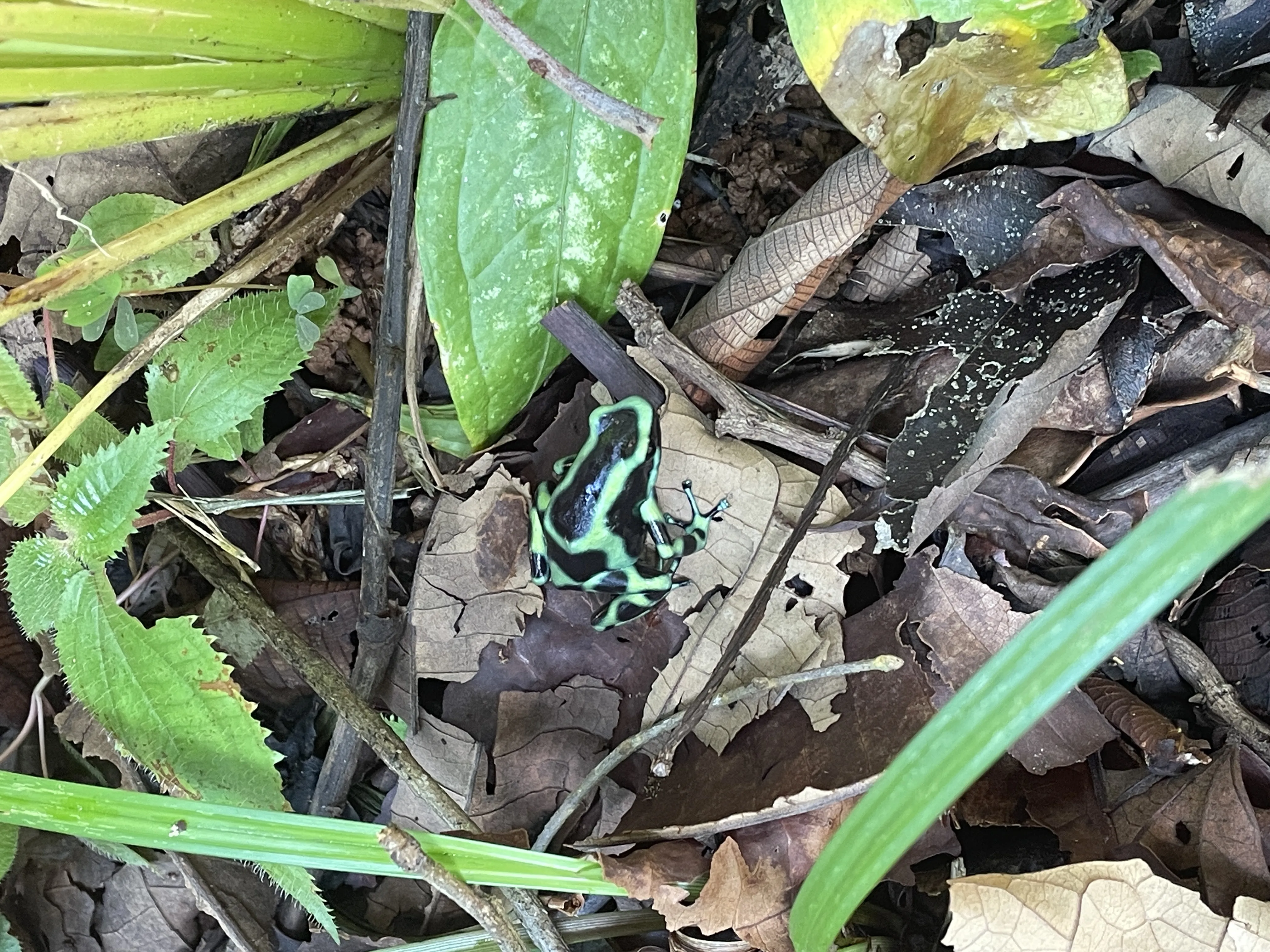Osa serves as a vital bridge between North and South America, where a remarkable array of flora and fauna coexist. Actually, 5% of worlwide biodiversity exists in Costa Rica, and the Osa region is one of the best placer to witness it. It has a touch of both Americas, this region is the very frontier in the Americas, and renowned for its extraordinary biodiversity.
The Osa region, located in the southern Pacific region of Costa Rica, is a remarkable testament to the planet’s natural diversity.
The Osa’s tropical rainforests and mountain ranges are a living laboratory of ecological richness. These habitats host iconic wildlife such as pumas, scarlet macaws, and trogons, alongside a vast array of plant species, many of which hold traditional and medicinal significance.
This region serves as a critical migratory corridor and conservation hub, connecting ecosystems and supporting the health of global biodiversity.
Exploring the Osa region offers a rare opportunity to immerse yourself in nature’s grandeur and witness unspoiled landscapes teeming with life.
From its towering canopy to its vibrant forest understory, the Osa is a treasure trove of ecological wonders waiting to be discovered.
DISCLAIMER:
The next pictures were taken at the reserve by our team. However, we can never guarantee that you will see them during the stay. We do not sell tours to find specific species.

